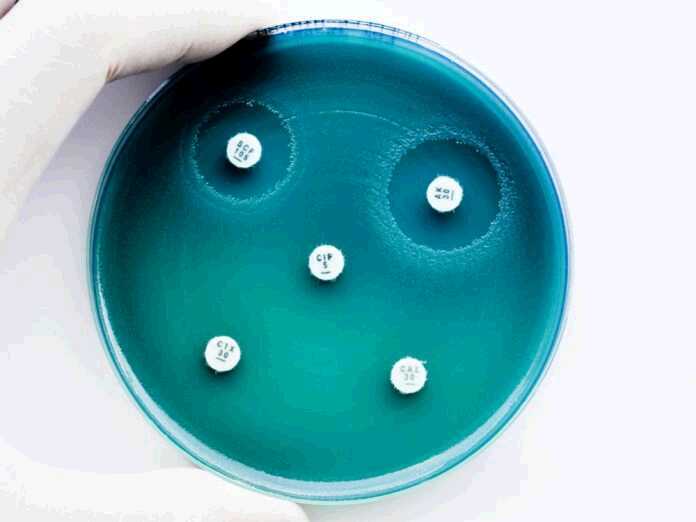
In recent years, antibiotic resistance has become a major public health concern. Due to the overuse of drugs and the rapid evolution of bacteria, some common health conditions are more difficult than ever to treat. The so-called “nightmare bacteria” are among the top contributors to this problem. And according to a recent report, there are more than 200 types of them in the United States alone.
What Are Nightmare Bacteria?
The term “nightmare bacteria” refers to all bacteria that are:
- Resistant to one or more antibiotics
- Not common in the areas they’re found in
- Able to spread their antibiotic resistance to other infections
This final characteristic is particularly troublesome. Scientists have discovered that these bacteria can share their resistance genes with other germs. In doing so, they could make some common hospital-acquired infections almost impossible to treat.
How Common Are They?
The CDC recently issued a report about 221 types of “nightmare bacteria” found throughout the country. That’s on top of all the drug-resisting bacteria that don’t have the ability to spread their resistance. And seeing as they’ve appeared in 27 states so far, it’s fair to say they’re very common.
In fact, the CDC says that more than 2 million people catch drug-resistant bacteria each year in the US. What’s more, at least 23,000 people die every year as a result of a drug-resistant infection.
What’s the Outlook?
The researchers are currently developing a containment method that would help stop the spread of these bacteria. By perfecting this new method, they believe they could reduce the number of infections by 75% in just three years. So far, it seems to work. But there’s still need for further research to stop this dangerous threat to public health.





























